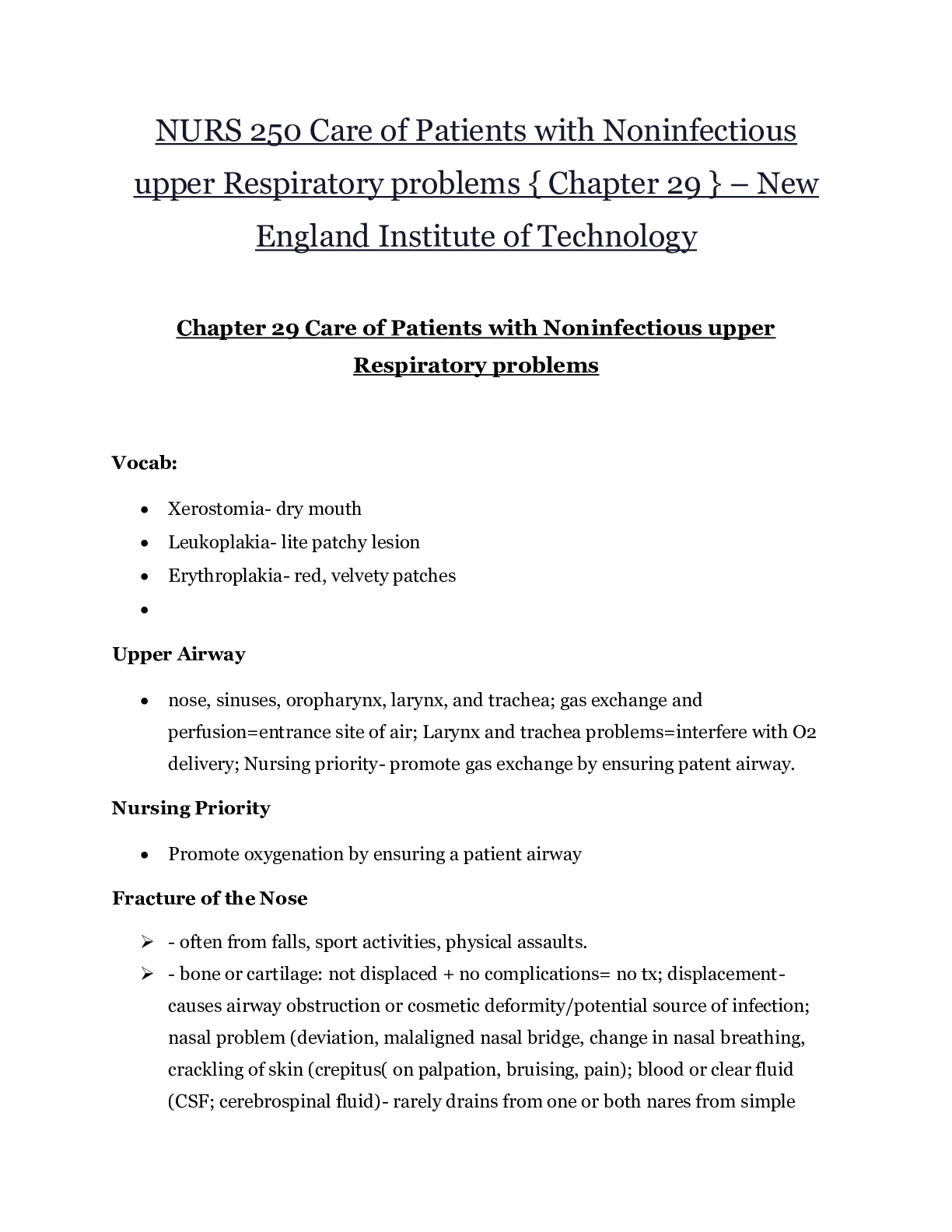*NURSING > EXAM > ECPI UNIVERSITY ATI MEDSURG (NURSING 255) Chapter 13 Assessment and Care of Patients with Fluid and (All)
ECPI UNIVERSITY ATI MEDSURG (NURSING 255) Chapter 13 Assessment and Care of Patients with Fluid and Electrolyte Imbalances, Latest Fall Testbank
Document Content and Description Below
ECPI UNIVERSITY ATI MEDSURG (NURSING 255) Chapter 13 Assessment and Care of Patients with Fluid and Electrolyte Imbalances, Latest Fall Testbank-1. The nurse observes skin tenting on the back of the o... lder adult client’s hand. Which action by the nurse is most appropriate? a. Notify the physician. b. Examine dependent body areas. c. Assess turgor on the client’s forehead. d. Document the finding and continue to monitor. ANS: C Skin turgor cannot be accurately assessed on an older adult client’s hands because of age- related loss of tissue elasticity in this area. Areas that more accurately show skin turgor status on an older client include the skin of the forehead, chest, and abdomen. These should also be assessed, rather than merely examining dependent body areas. Further assessment is needed rather than only documenting, monitoring, and notifying the physician. DIF: Cognitive Level: Application/Applying or higher REF: N/A TOP: Client Needs Category: Health Promotion and Maintenance (Techniques of Physical Assessment) MSC: Integrated Process: Nursing Process (Assessment) 2. The client is taking a medication that inhibits aldosterone secretion and release. The nurse assesses for what potential complication? a. Fluid retention b. Hyperkalemia c. Hyponatremia d. Hypervolemia ANS: B Aldosterone is a naturally occurring hormone of the mineralocorticoid type that increases the reabsorption of water and sodium in the kidney at the same time that it promotes excretion of potassium. Any drug or condition that disrupts aldosterone secretion or release increases the client’s risk for excessive water loss and increased potassium reabsorption. The client would not be at risk for overhydration or sodium imbalance. DIF: Cognitive Level: Application/Applying or higher REF: N/A TOP: Client Needs Category: Physiological Integrity (Pharmacological and Parenteral Therapies— Adverse Effects/Contraindications/Side Effects/Interactions) MSC: Integrated Process: Nursing Process (Assessment) 3. Which assessment does the nurse use to determine the adequacy of circulation in a client whose blood osmolarity is 250 mOsm/L? a. Measuring urine output b. Measuring abdominal girth c. Monitoring fluid intake d. Comparing radial versus apical pulses ANS: A The blood osmolarity is low. The client could be dehydrated (hypo-osmolar dehydration) or overhydrated with dilution of blood solute. The most sensitive noninvasive indicator of circulation adequacy is urine output. Measuring abdominal girth, comparing pulses, and monitoring fluid intake would not be accurate assessment techniques for this client. DIF: Cognitive Level: Application/Applying or higher REF: N/A TOP: Client Needs Category: Physiological Integrity (Reduction of Risk Potential—Potential for Alterations in Body Systems) MSC: Integrated Process: Nursing Process (Assessment) 4. Which statement made by the older adult client alerts the nurse to assess specifically for fluid and electrolyte imbalances? a. “My skin is always so dry, especially here in the Southwest.” b. “I often use a glycerin suppository for constipation.” c. “I don’t drink liquids after 5 PM so I don’t have to get up at night.” d. “In addition to coffee, I drink at least one glass of water with each meal.” ANS: C Restricting fluids without a medical reason can lead to dehydration. Many older clients believe that restricting fluids will prevent incontinence and reduce the number of times that they wake up during the night. The increased osmolarity of the urine in response to reducing fluid intake increases irritation of the bladder and sphincter, increasing the sensation of needing to urinate. The other statements do not indicate practices that could potentially lead to dehydration. DIF: Cognitive Level: Application/Applying or higher REF: N/A TOP: Client Needs Category: Physiological Integrity (Reduction of Risk Potential—Potential for Alterations in Body Systems) MSC: Integrated Process: Nursing Process (Assessment) 5. A client has been taught to restrict dietary sodium. Which food selection by the client indicates to the nurse that teaching has been effective? a. Chinese take-out, including steamed rice b. A grilled cheese sandwich with tomato soup c. Slices of ham and cheese on whole grain crackers d. A chicken leg, one slice of bread with butter, and steamed carrots ANS: D Clients on restricted sodium diets generally should avoid processed, smoked, and pickled foods and those with sauces and other condiments. Foods lowest in sodium include fish, poultry, and fresh produce. The Chinese food likely would have soy sauce, the tomato soup is processed, and the crackers are a snack food—a category of foods often high in sodium. DIF: Cognitive Level: Application/Applying or higher REF: N/A TOP: Client Needs Category: Health Promotion and Maintenance (Self-Care) MSC: Integrated Process: Nursing Process (Evaluation) 6. A client is on a potassium-restricted diet. Which protein choice by the client indicates a good understanding of the dietary regimen? a. 1% or 2% milk b. Grilled salmon c. Poached eggs d. Baked chicken [Show More]
Last updated: 1 year ago
Preview 1 out of 15 pages
Buy this document to get the full access instantly
Instant Download Access after purchase
Add to cartInstant download
We Accept:

Also available in bundle (1)
ATI MEDSURG Fluid and Electrolytes Bundle, All questions and answers exams already graded A
ATI MEDSURG Fluid and Electrolytes Bundle, All questions and answers exams already graded A
By PROF 3 years ago
$60
8
Reviews( 0 )
$15.00
Document information
Connected school, study & course
About the document
Uploaded On
Jun 10, 2021
Number of pages
15
Written in
Additional information
This document has been written for:
Uploaded
Jun 10, 2021
Downloads
1
Views
58






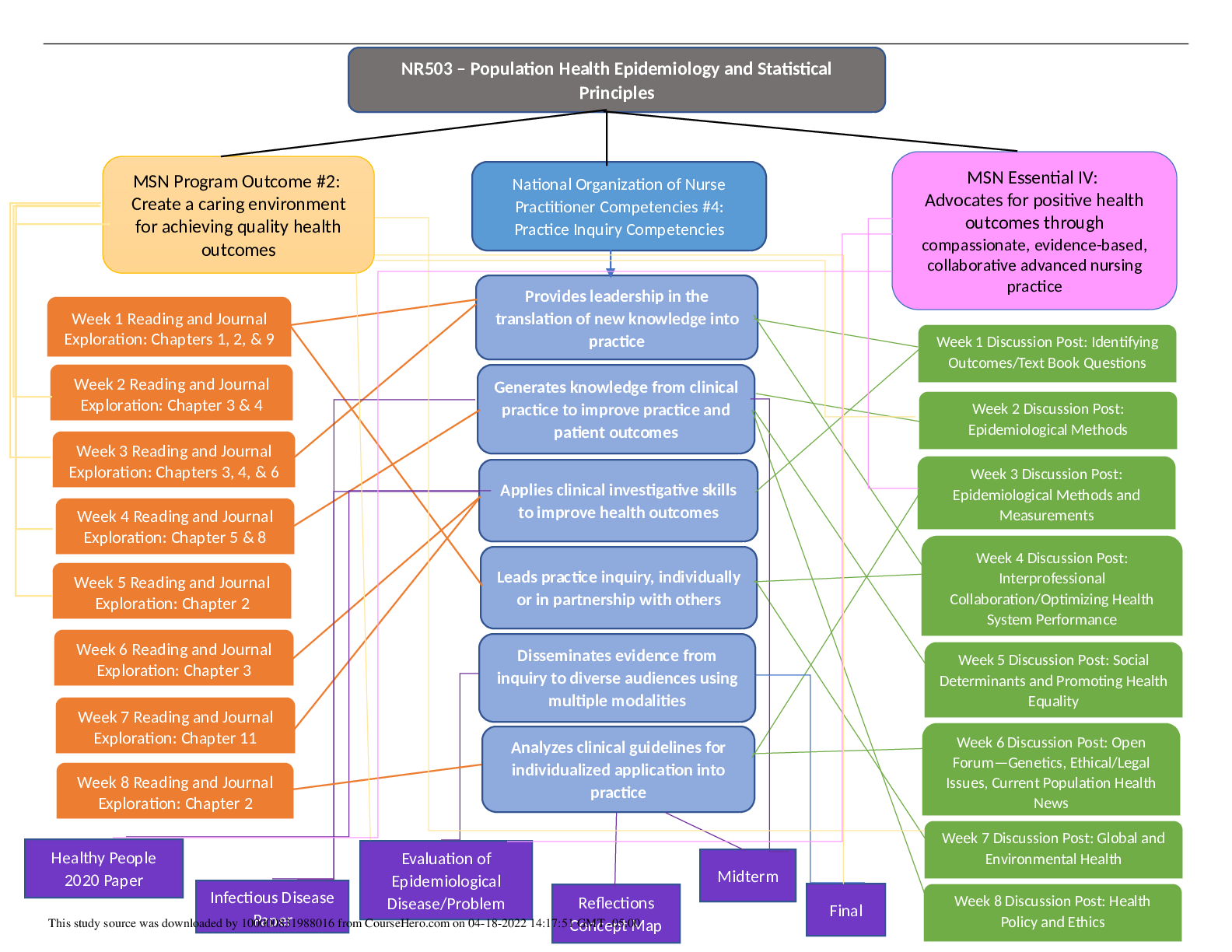

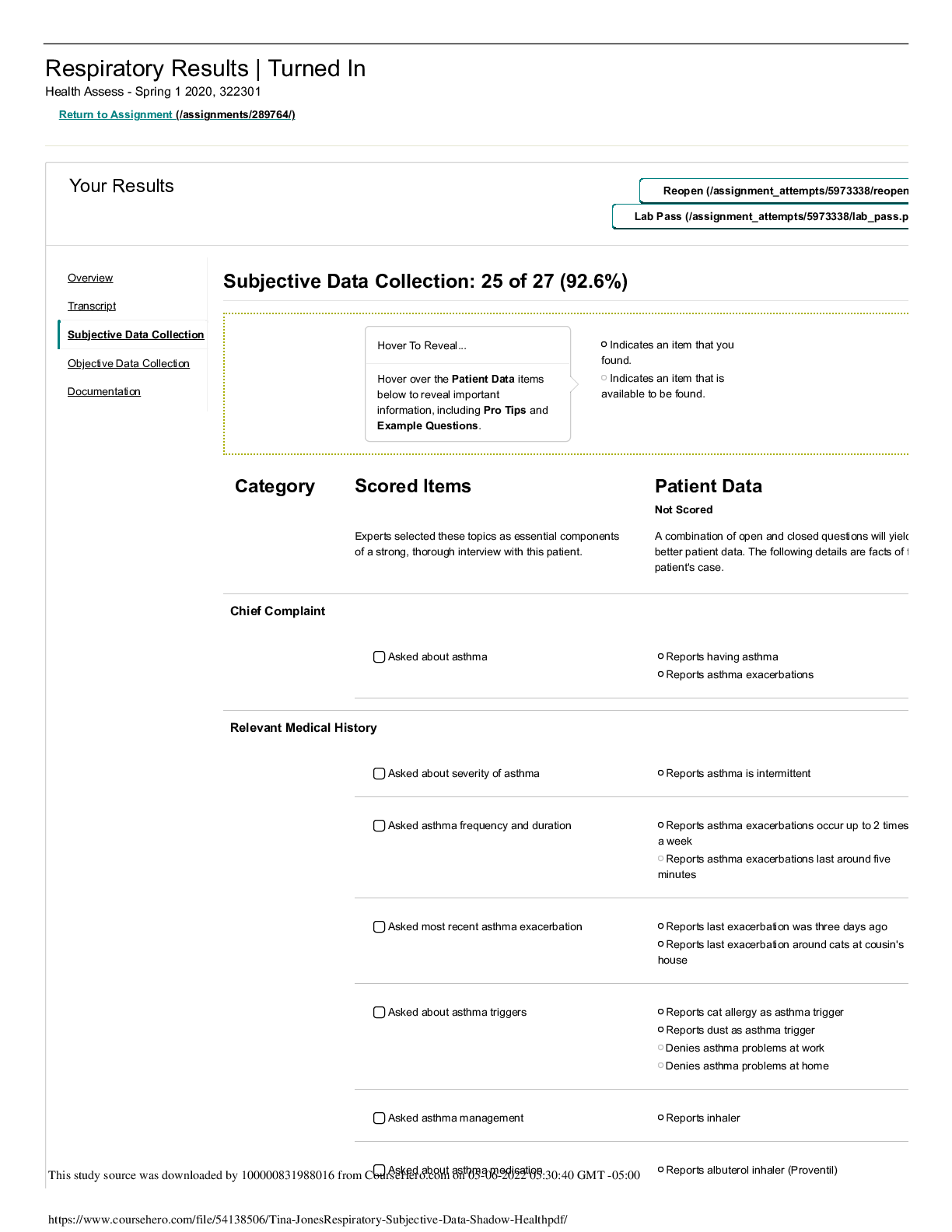
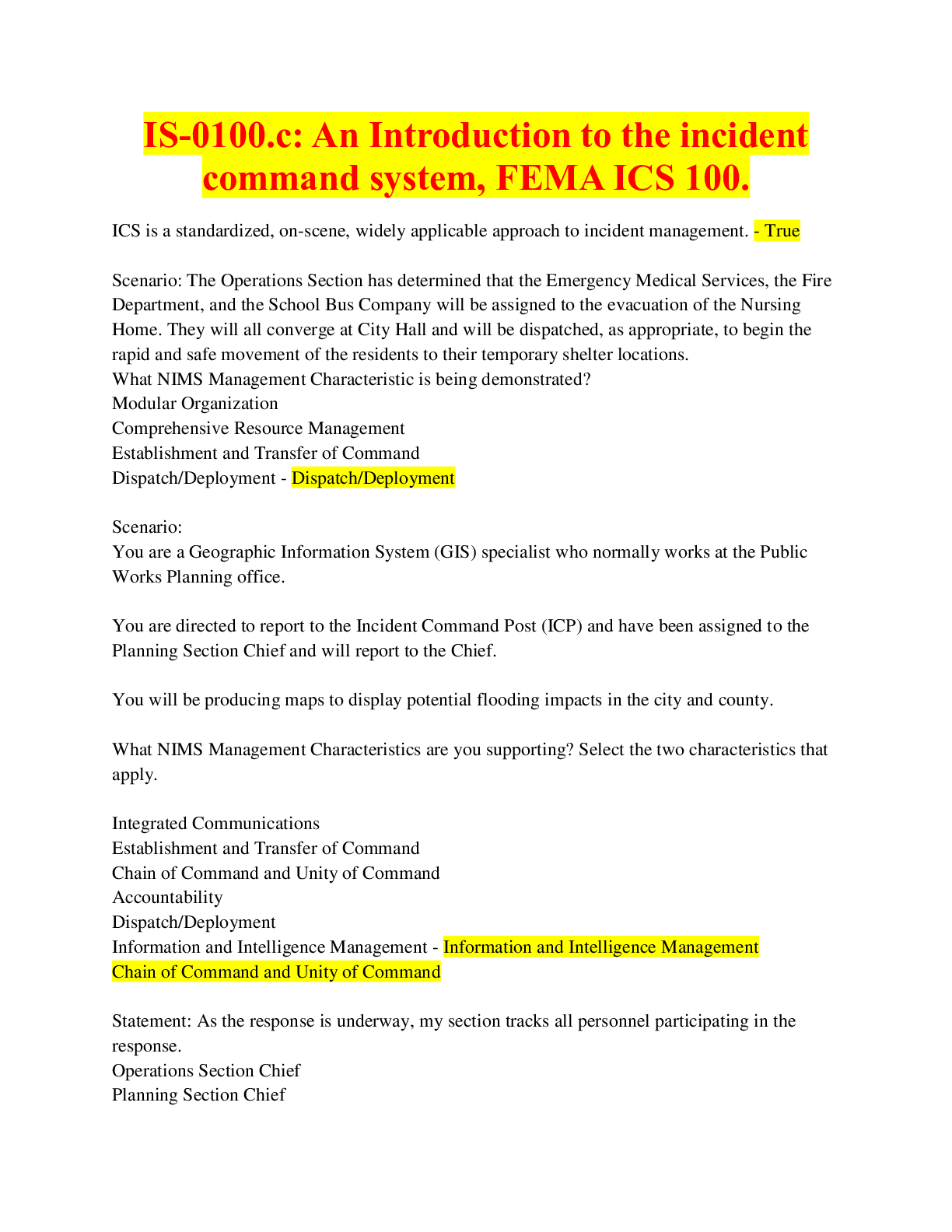



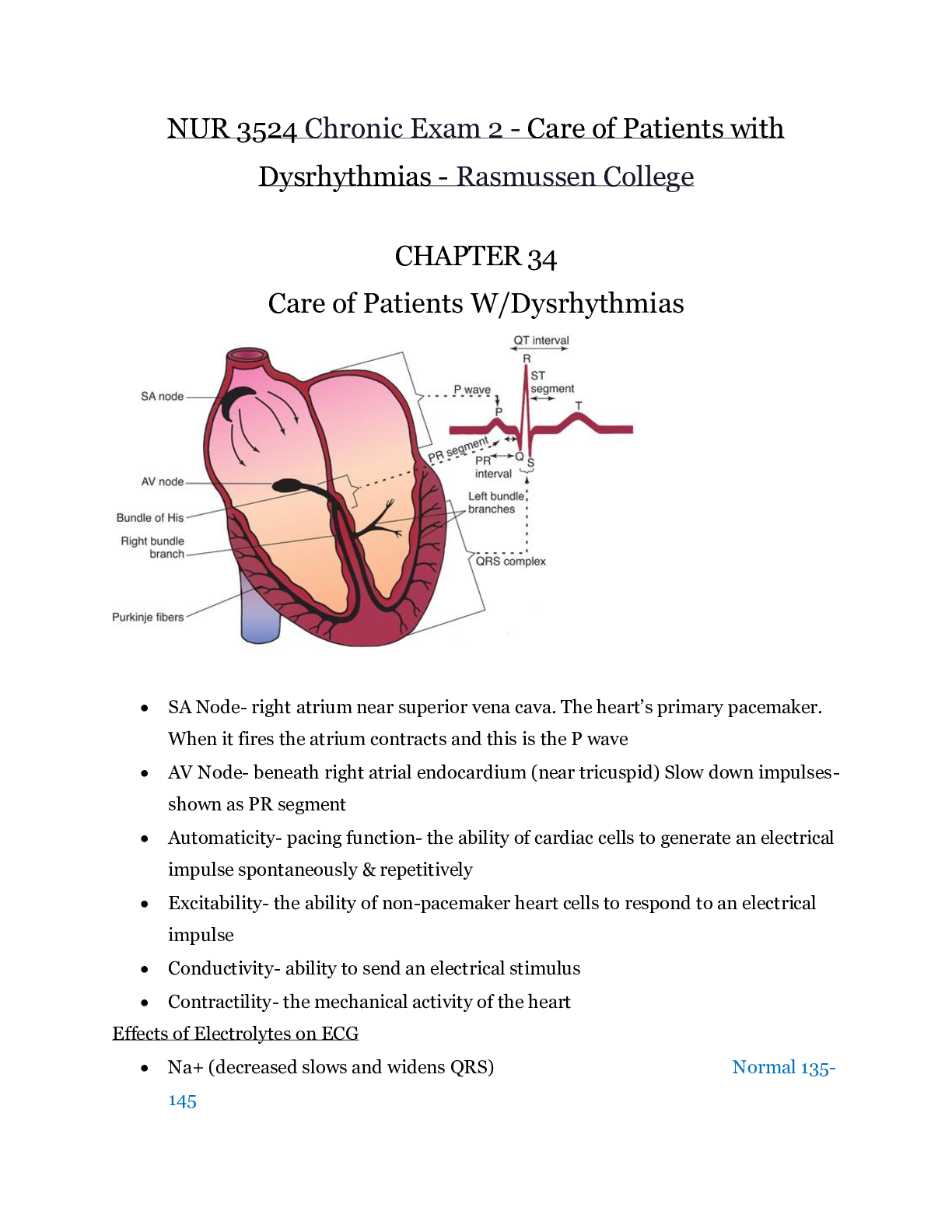


.png)
.png)
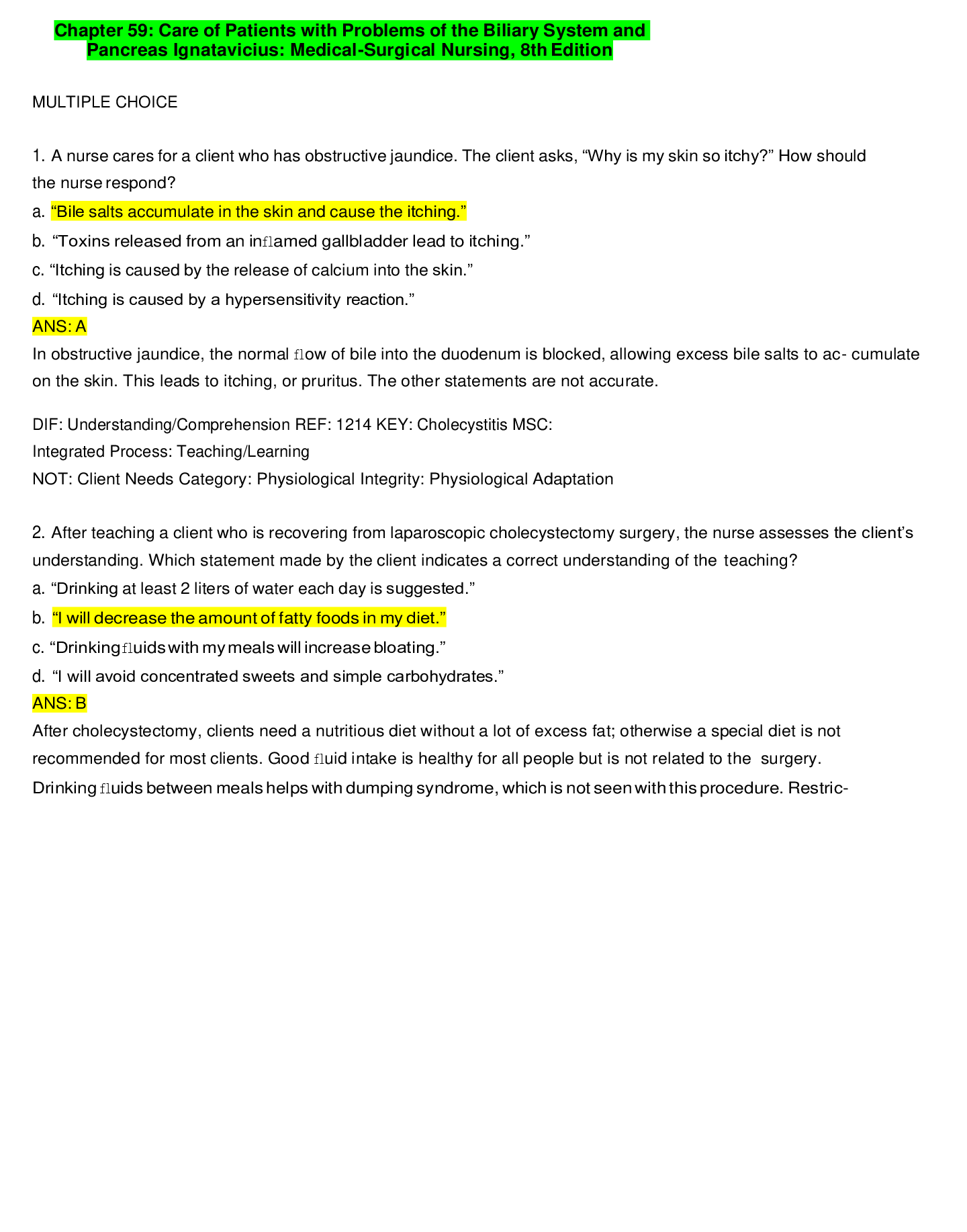
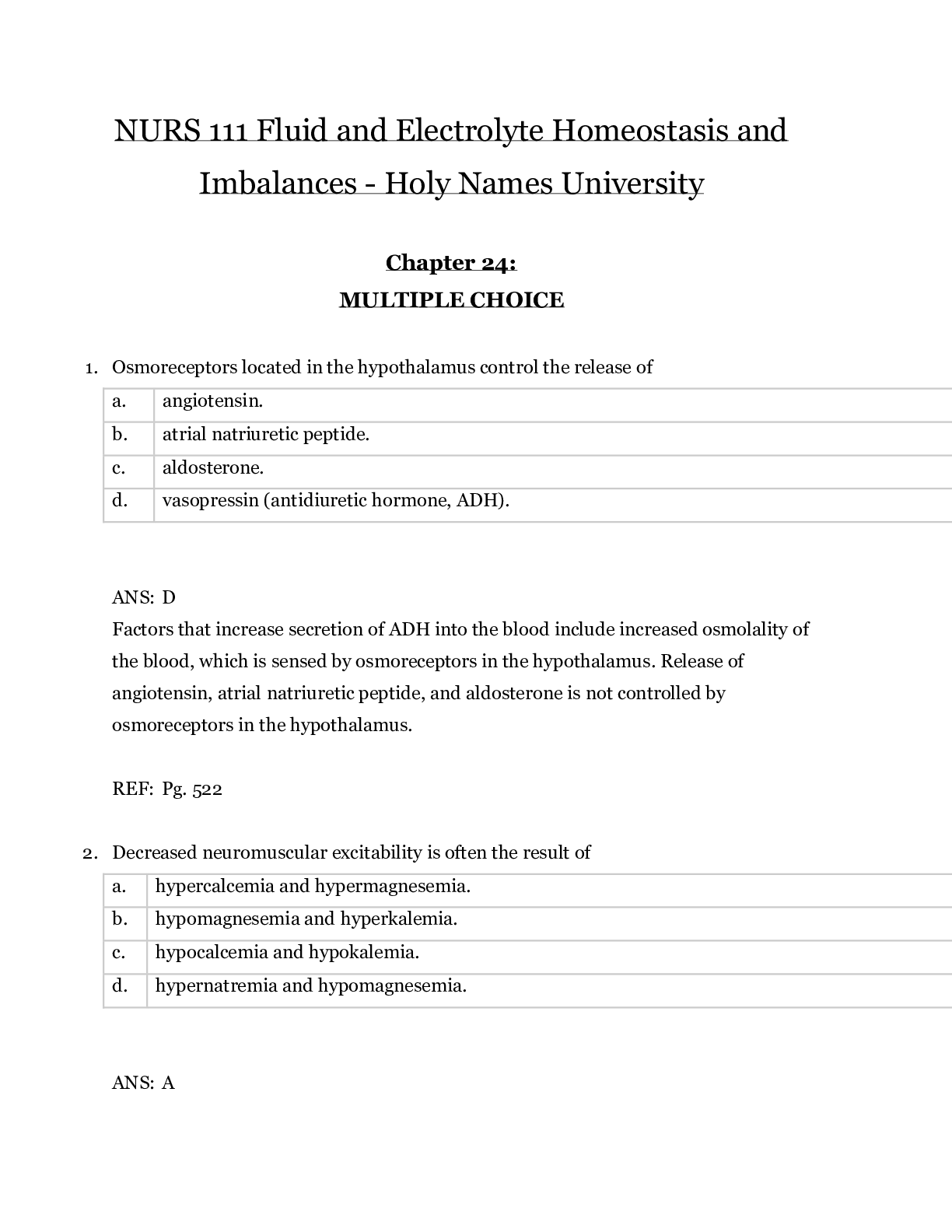

.png)
